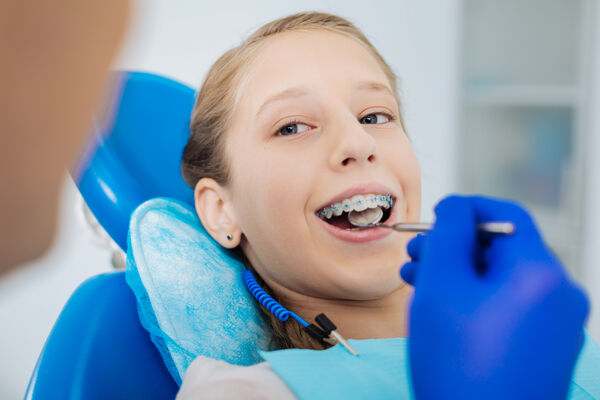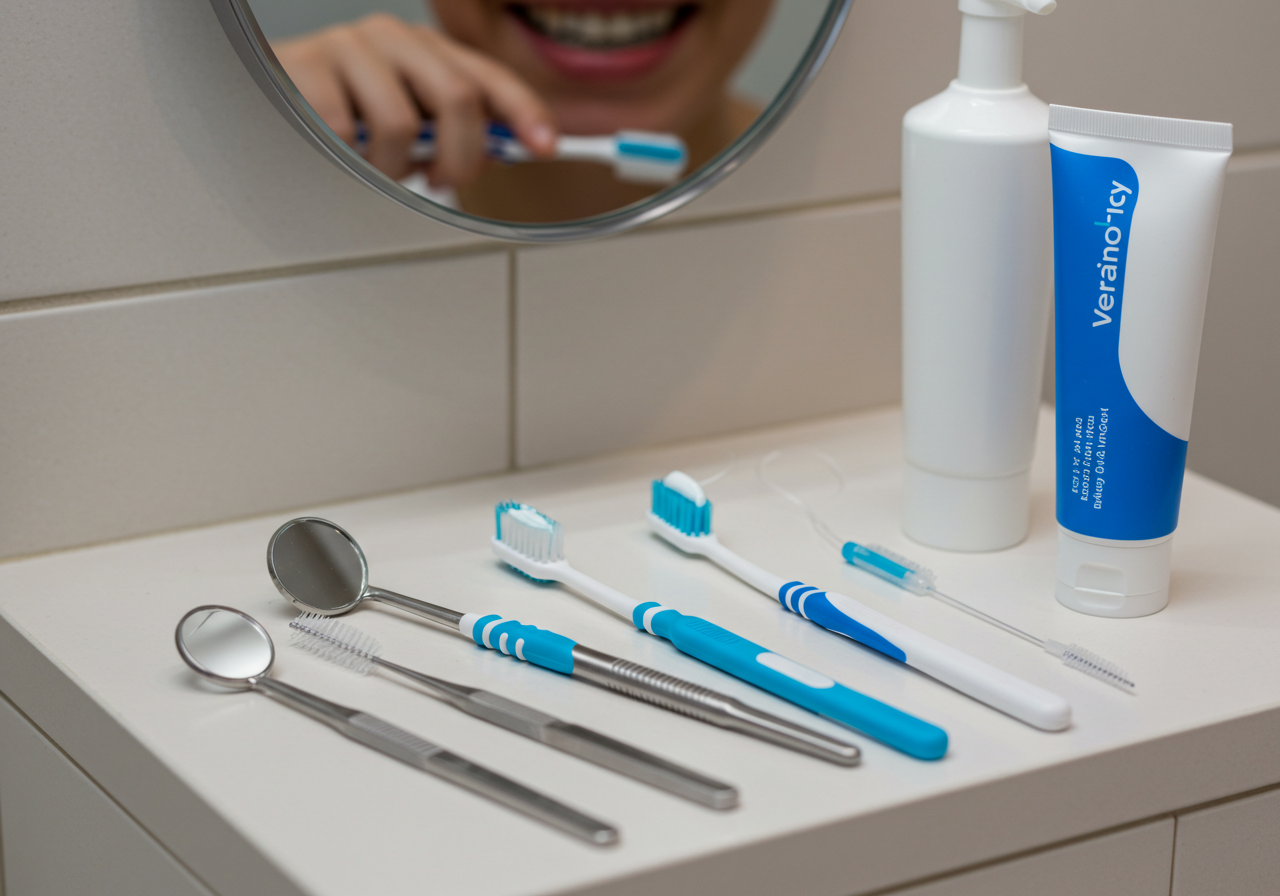When Should Children Have Their First Orthodontic Evaluation?

Many parents wonder when they should first take their child to see an orthodontist. While most people associate braces with the teenage years, orthodontic evaluations can and often should begin much earlier. Early intervention can lead to simpler treatment and better results in many cases. Learn about the ideal timing for children's first orthodontic assessment and the benefits of early intervention.
The Recommended Age for First Evaluation
The American Association of Orthodontists recommends that children have their first orthodontic evaluation by age 7. This might seem surprisingly early to many parents, but there are good reasons for this recommendation:
- ✓Mix of baby and permanent teeth: By age 7, most children have a mix of baby and permanent teeth, making it easier for orthodontists to detect current or developing problems.
- ✓Jaw growth assessment: The orthodontist can evaluate how the jaw is growing and identify potential issues with jaw development.
- ✓Early detection of bite problems: Problems like crossbites, underbites, or severe crowding can be identified early.
- ✓Opportunity for intervention: Some issues are easier to correct while the child's jaw is still growing.
Signs Your Child Might Need an Early Evaluation
While age 7 is the recommended time for an initial evaluation, certain signs might indicate that your child should see an orthodontist even earlier:
⚠Bite Issues
- Difficulty chewing or biting
- Underbite or overbite
- Crossbite (upper teeth fitting inside lower teeth)
- Open bite (space between upper and lower teeth when biting)
⚠Alignment Problems
- Crowded or misplaced teeth
- Early or late loss of baby teeth
- Teeth that don't meet at all
- Teeth that meet abnormally
⚠Jaw Problems
- Jaws that shift or make sounds
- Disproportionate jaw size relative to the face
- Protruding jaw or receding chin
- Asymmetrical facial appearance
⚠Oral Habits
- Prolonged thumb or finger sucking
- Persistent mouth breathing
- Tongue thrusting
- Lip biting or sucking
Benefits of Early Orthodontic Evaluation
Preventive Benefits
✓Guide jaw growth: Influence jaw growth in a positive way to accommodate emerging permanent teeth
✓Lower risk of trauma: Reduce the risk of injury to protruding front teeth
✓Correct harmful habits: Address thumb sucking and other oral habits before they cause problems
✓Guide permanent teeth: Improve the way permanent teeth come in
Treatment Benefits
✓Simpler treatment later: May reduce the need for more complex treatment in adolescence
✓Shorter treatment time: Early intervention can shorten the time in braces later
✓Better results: Some conditions are easier to treat when caught early
✓Potentially lower costs: Preventing problems can be less expensive than fixing them later
What to Expect at the First Evaluation
The first orthodontic evaluation is typically a simple, comfortable experience for your child. Here's what you can expect:
- 1Medical and dental history review
The orthodontist will review your child's medical and dental history, including any habits like thumb sucking.
- 2Oral examination
A thorough examination of the teeth, jaws, and oral structures will be performed to assess alignment and bite.
- 3Potential X-rays
X-rays may be taken to see the position of teeth that haven't yet erupted and to evaluate jaw growth.
- 4Discussion of findings
The orthodontist will explain any issues identified and discuss whether treatment is needed now or should be delayed.
- 5Treatment recommendations
If treatment is recommended, the orthodontist will outline the options and create a personalized plan.
Early Treatment vs. Monitoring
It's important to understand that an early evaluation doesn't always mean early treatment. After the evaluation, the orthodontist might recommend one of three approaches:
Immediate Treatment
For issues that would benefit from early intervention, such as severe crossbites, underbites, or harmful habits that are affecting development.
Monitoring
For potential issues that don't require immediate treatment but should be watched as your child grows. Regular check-ups will be scheduled.
Future Treatment
For issues best addressed when your child is older, typically during the adolescent years when most permanent teeth have erupted.
Schedule Your Child's Evaluation
Even if your child's teeth appear straight, underlying issues with jaw growth or tooth development may only be detectable by an orthodontist. Early evaluation provides peace of mind and can potentially save time and money in the long run.
Book an Evaluation AppointmentConclusion
The age of 7 is generally the ideal time for a child's first orthodontic evaluation, but earlier assessments may be necessary if specific problems are observed. Early evaluation doesn't always mean immediate treatment—it's about identifying potential issues and creating a plan that's right for your child's specific needs.
By being proactive about your child's orthodontic health, you're setting them up for a lifetime of healthy smiles. Remember that each child is unique, and the timing and approach to orthodontic care should be personalized based on their individual development and needs.
Related Resources

Maintaining Proper Oral Hygiene with Braces
Learn essential tips and techniques for keeping your teeth and gums healthy throughout orthodontic treatment.

Foods to Avoid During Orthodontic Treatment
A comprehensive list of foods that could damage your braces or aligners, and healthy alternatives to enjoy instead.